How To Heat A Greenhouse With Solar Panels

Exploiting natural deposits to make commercial processes more environmental is the flag of agricultural innovation these days. At the minute, solar panels are not among those gadgets which are unassociated to greenhouses or crop fields. Solar energy is utilized to produce clean energy to warm a greenhouse.
You should also know that solar panels are used to power automatic irrigation systems, lighting and other appliances that are powered by 110V or 220V.
Believe it or not, the world is slowly altering to end up being a much better location! If you want to belong to the change, stay with us, and learn how to heat a greenhouse with portable solar panels or solar kits.
Have you ever wondered what takes place to a plant when it does not get enough sunlight and heating?
The response appears too obvious even to ask. Because we were kids, we have been taught that plants, without any lighting or heating, die because they can not carry out photosynthesis, they are not capable of producing ATP.
In easy words, they are not able to produce cellular food that keeps them healthy and strong. But would you believe it if I informed you that plants do not necessarily need to be exposed to the sun to grow? Hold it right there; you have now my attention.
Greenhouses are confined areas that satisfy unique conditions to guarantee that plants grow and flourish despite the season. For decades, greenhouses have been the most unbelievable and basic agricultural invention.
They keep food secured from severe temperatures and ecological conditions that are too hostile to them. However, greenhouses are not magic. The potential for unchecked greenhouse reduces when there is insufficient sunshine or when the winter season arrives.
Thankfully, for both greenhouses and plants, technology is advancing, and today it is possible to take natural resources and keep them for later usage. In a word (2 in fact), solar panels.
How Do Solar Panels Work?
Although it seems like an innocent concern, the response can be a bit complicated. Today, there are various types of innovation applied to solar panels, such as solar pool rings or heater, solar laptop chargers, solar fences etc., and each of them works differently.
Nevertheless, we will concentrate on explaining how solar panel innovation applied to greenhouses works. To put it simply, solar innovation.
Solar panels are systems efficient in transforming solar energy into electric existing, catching it through solar cells (Polycrystalline Or Mono crystalline). Contrary to what numerous believe, they do not require a gorgeous radiant sun to produce energy. A set of solar panels can produce electrical power even on cloudy days, as it does not require direct sunshine.
Let’s see how this process works, step by step. The initial step is the most obvious: sunshine falls on the panels and produces direct currents. This direct present travels wild and unrestrained through a wiring system to an inverter, which transforms it into rotating existing. That is to say, the one that moves everyday devices such as hair clothes dryers or charges the battery of your mobile phone.
This system is comparable to the one used by electrical power companies to bring electrical energy to houses and businesses, but it is totally free! Or at least, in the meantime.
We are still waiting on the fees you are certainly happy to pay for the sunlight. Several businesses even pay solar panel users to use the surplus electricity they produce.
I hear a lot of you asking, “How many solar panels does it take to heat a small greenhouse?” For you to calculate this, I’ll give you a few averages.
On average, a solar panel produces 10 to 35 kWh per square feet per year, while on average, a small greenhouse uses 1kWh per square foot every year. A small green house average occupies around 10,000 square feet.
If we take all of these averages and calculate the the number of solar panels required to power a small greenhouse; we would get 27 3 by 5 feet solar panels as the answer. To know more about solar panel, you can refer to this article.
Note: If you are using a solar panel, ensure to keep it clean and maintain it, to keeps its efficiency high.
Can They Be Used In Greenhouses?
Well, that all noises pretty interesting, but what does it relate to greenhouses and crops? Quite, actually. Greenhouses are excellent for saving the heat and warming the environment; however, if you want to keep your production of, for instance, tomatoes throughout the year, a simple greenhouse will not be enough.
Up until a few years earlier, farming business utilized to use oil-fired boilers to produce energy. Nevertheless, today’s high oil costs and their results on the environment have required these businesses to use other options.
Presently, many universities and farming business are starting to alter the type of electrical power they use to cause less environmental effect and save the lovely blue planet we live on. An incredible example is NEIKER-Tecnalia.
NEIKER is a public institution of the Basque Autonomous Neighborhood, Spain. It concentrates on research study and development projects that seek to include innovation into farming to make it more efficient, tidy, and eco-friendly.
Given that 2009, they have been dealing with a system that incorporates solar power to power their greenhouses.
In among their speculative farms, located in Redio, they work on an unusual and incredible task: Tomatoes are grown all year round using only solar energy, and according to their task director, Patrick Rigar, if this type of energy were not offered, it could only be cultivated during the months in between May and October. An ineffective period, compared to all that could be cultivated over a whole year!
To warm a greenhouse, they use energy from solar panels. In this experimental greenhouse, deserving of any mad scientist, researchers are continuously checking to discover the best method to keep plants heated up.
Generally, they deal with two methods.
The first is to heat only the roots of the plants so that an excellent quantity of energy is conserved, but the general temperature level of the greenhouse is not kept the very same method.
On the other hand, they likewise work heating up the greenhouse as an entire, however at the cost of taking in much more electrical power.
Best Small Indoor Greenhouse

- Item Dimension: 57 x 57 x 77 inches
- 8 Shelves
- Uses High-Quality Metal frames
- Roll up Entrance

- Item Dimensions: 27 x 16 x 63 inches
- 4 Shelves
- Made with molded plastic and steel
- Portable and easy movement with wheels.
Setting up a 250 Watt Solar Panel based Heater
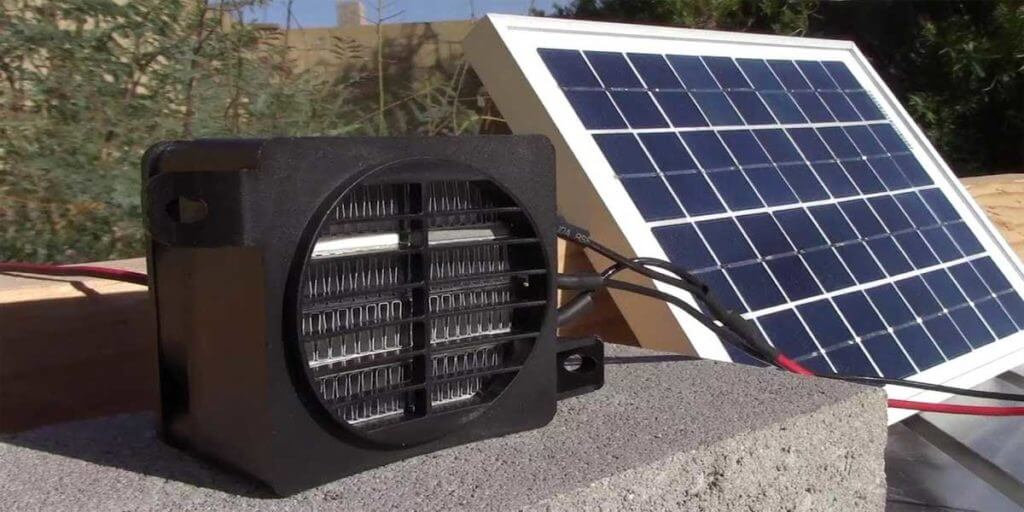
Here is a basic Example on How you can warm your Greenhouse:
The most essential thing that you need to think about is the size of the heater that you set up in your greenhouse. For a small greenhouse (8 × 8 feet) a 250-450 watt electrical heater would do the job.
I believe for the majority of individuals 250-watt heating unit will do just fine. If you require the precise wattage for your greenhouse, you can ask us by publishing commenting below.
Below, you will find a list of things that you will require to set up your Solar Powered Greenhouse Heater.
Solar Panel Kit:
You will require to buy a solar panel kit; if you are preparing to build 250-watt solar heater (which works finest for the majority of the people), you ought to buy 500 Watt solar panel kit. I extremely recommend the ACOPOWER Solar set (See its existing cost), this is among the very best deals you can find on Amazon.
This package utilizes an MPPT controller, which is efficient than the PWM controller and it also offers cable televisions and connectors for linking the solar panels to the charge controller. They have offered a diagram that you can follow to link the solar panels to the charge controller.
Heater Options:
For heaters, you have 2 alternatives.
1) Utilize 12 volt DC heating unit and connect it directly to the charge controller.
2) First, transform 12 volt DC into 110 volts A/C and link it to the Air Conditioning heating unit. Both of these options have advantages and downsides. Let’s discuss them in detail.
12 Volt DC Heating Units:
You can straight connect a 12-volt heating unit to the charge controller without buying anything else. Nevertheless, there is a minimal variety of DC heater, and plenty of users have issues with business DC heating systems.
RoadPro RPSL-681 is considered to be one of the very best DC Heater; nevertheless, this heater has low user appreciation.
110 Volt AC Heaters:
An alternative choice is to utilize a 250 watt A/C Heater and connect it to the charge controller through a DC to AC inverter (SolarEdge or Enphase). If you pick this choice, you will likewise be able to utilize other 110 Volt devices like Air Conditioners, Fans, lighting (bulbs), etc. in your greenhouse.
You can connect the heater to the power inverter DC. The input of the inverter needs to be linked to the output of the charge controller.
I personally, like this option because you can not only utilize the power for heating, but you can also utilize it for lighting and ventilation as the majority of the light and appliances are Air Conditioner compatible.
Batteries Backup:
You can utilize 100 Ah Lead Acid battery (I recommend utilizing Universal Power Sealed Lead Acid Battery ). One 100 Ah, 12-volt battery (it amounts to 1200 watt-hour) will offer you a backup of 4.8 hours if you run 250-watt heating unit.
You can include more batteries in parallel and increase the backup time for your solar panels based heater. You can charge these batteries using the solar panel. Read our article on “ How To Connect Two Solar Panels To One Battery ” to learn about it.
Important Notes:
If you decide to broaden the system in the future by adding more panels, you will have to change the charge controller to a bigger one that can support the needed current.
You can always post a concern in on our Forum, and we will exist to assist you. If you want to make things easier for you, you can also buy an indoor solar greenhouse to help your farming activities.
Conclusion
If there is one thing that all humans settle on, it is that we wish to maintain this beautiful world for a long, long period. This would mean the end of using innovation to cause destruction and use it for creating, maintaining, and diversifying.
We would like to know how enthusiastic you are about agriculture, leave us a remark and show us what you know about solar power and its usage in greenhouses! Ask concerns, let’s dispute! This is how we will continue improving this article every day.

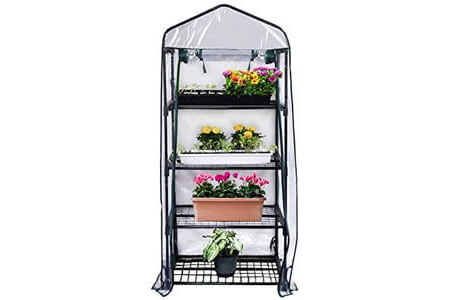
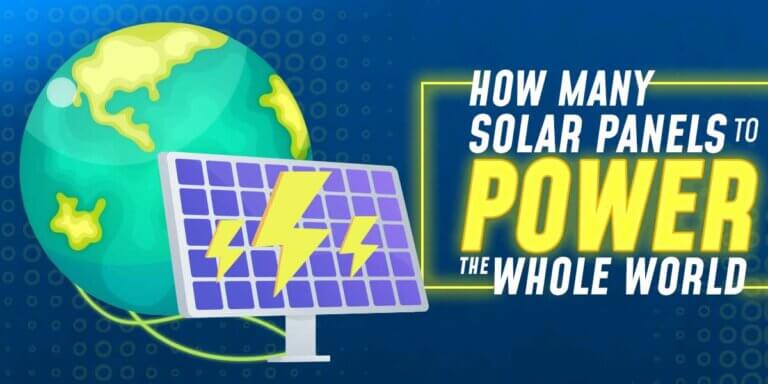

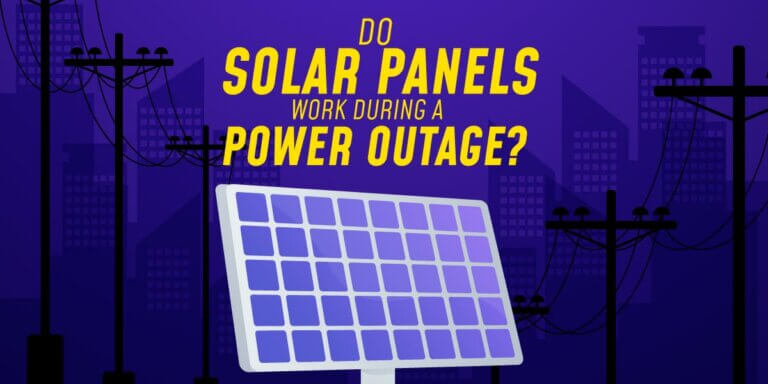
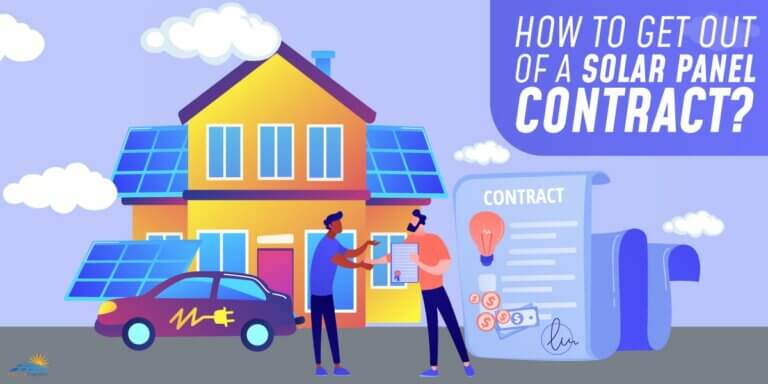

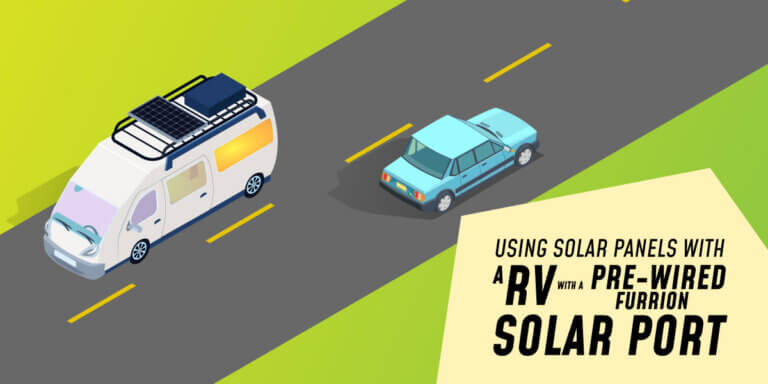
Dear Sir,
Thank you for your very knowledgeable article, Our company recently developing a 5MW Greenhouse project in Sri Lanka.
It would be appreciated if we can get more details about these projects.
Best regards,
Chamil Abeynayake.